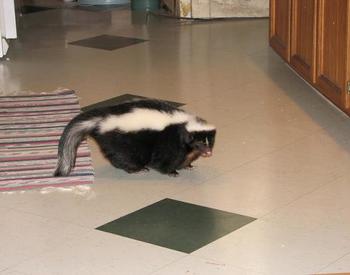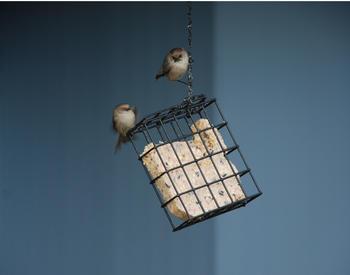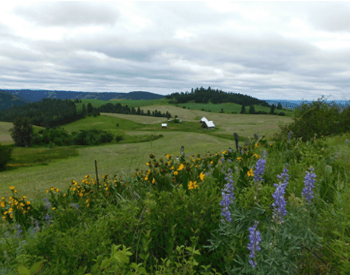Transcript
In the fall of 2017, Oregon State University Ph.D. student Andrew Olsen invited a reporter and videographer to a night of field research in Lake County, Oregon.
It was cold. It was dark. It was windy. It was successful. [Image of people walking a sage landscape with flashlights.]
My name is Andrew Olsen and we are capturing sage grouse and marking them with GPS transmitters as part of a long-term project. We are looking at the effects of juniper removal on sage grouse.
Conifer encroachment is considered a threat to sage-grouse populations. Andrew is document the response of sage-grouse to conifer removal near Lakeview.
[images of researchers at night]
Sage-grouse capture is dependent on the use of binoculars and a spotlight to spy the birds from a great distance. A moonless night is best for capturing the birds because they won’t see shadows indicating predators.
A team consists of scanners and netters. Throughout the night Andrew stops to scan the landscape in his search for the birds.
He uses a white-noise sound machine app on his smartphone to cloak the sound of footsteps. After finding a group of sage-grouse, he shakes his spotlight to mesmerize the birds so they are less likely to flush.
The bird in the image already has been captured and strapped with a GPS transmitter. The search continues…
Andrew and his netter capture two birds at the same time. The soft netting reduces the risk of injury to the bird. Sage-grouse are generally docile when caught. [close up image of researcher holding the sage-grouse]
The work to tag and attach a GPS transmitter begins. [putting it on the leg of the bird and under the wing]
With the transmitter, Andrew will be able to follow the bird’s movements. This gives him a better understanding of how it adapts to its environment especially if juniper are removed from the landscape.
OSU has been a longtime partner in the Sage Grouse Initiative, which covers 11 western states and targets 78 million arces of sage-grouse habitat.
In the fall of 2017, a reporter and videographer joined a wildlife biologists from Oregon State University and the Bureau of Land Management as they spent an evening in Lake County, Oregon, capturing and tagging sage-grouse for a research project. Read the full story.



















